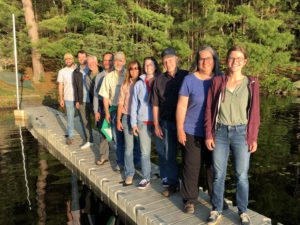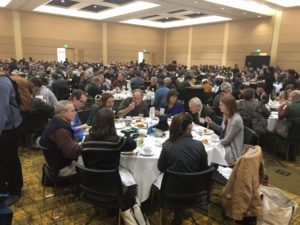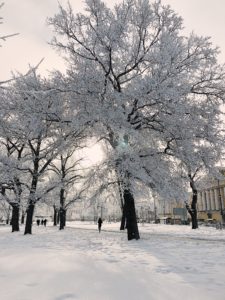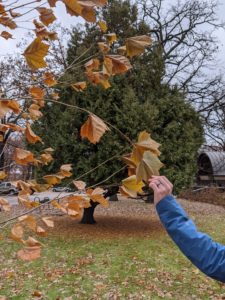As the year draws to a close, we asked DNR urban forestry staff to reflect on the last twelve months and choose their top highlight – whether it’s a project they’re especially proud of, a new partnership, or a deeper relationship with coworkers. Here are their responses:

“My highlight of the year was working with park staff and 45 volunteers from Johnson Controls to plant 170 trees at Havenwoods State Forest.” -Dan Buckler, Urban Forestry Assessment Outreach Specialist
“I enjoyed watching Barron, Wisconsin with a bare bones tree program attain Tree City USA for the first time and quickly start growing their community forestry program. In the same year (2019), they did a tree inventory and urban forest management plan. They also experienced a violent windstorm which encouraged them to apply for and receive a catastrophic storm grant, as well as reinventory their damaged forest. Finally, they were awarded a start-up grant to begin to operationalize portions of their new forest management plan. This all happened in 2019 with grants and assistance from the DNR Urban Forestry Program.” -Brad Johnson, West Regional Urban Forestry Coordinator

 Dates: February 16-18, 2020
Dates: February 16-18, 2020
 The US Forest Service and several key partners are offering an on-line training program called the
The US Forest Service and several key partners are offering an on-line training program called the  Bottom line – Don’t worry (too much)
Bottom line – Don’t worry (too much)